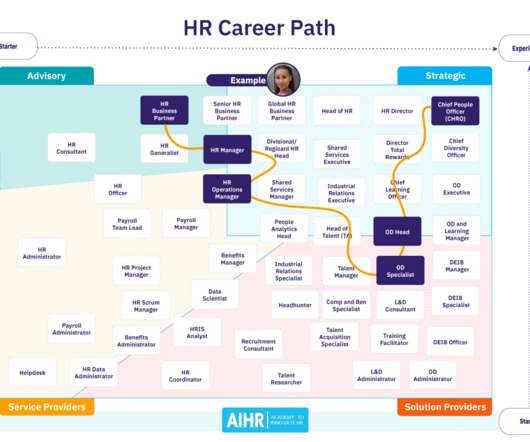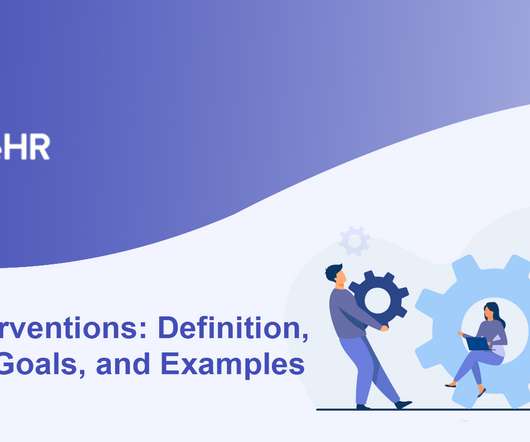Embrace the Truth About Measuring Employee Engagement
Bonfyre
JANUARY 30, 2018
From your perspective–a high-ranking company leader–you’ve been making all the right moves, and measuring employee engagement should reflect that. But can you reconcile your personal feelings of satisfaction with the knowledge that your employees are left wanting more? Team-sized to be specific.
















Let's personalize your content